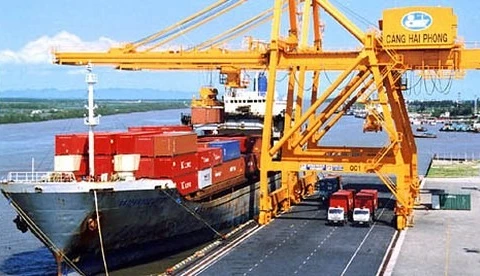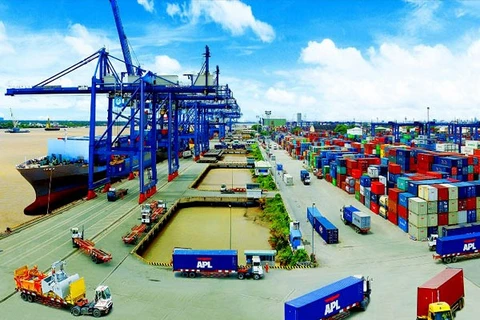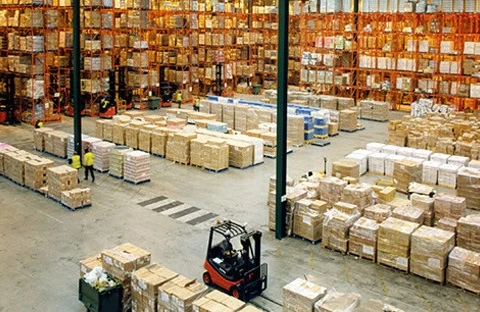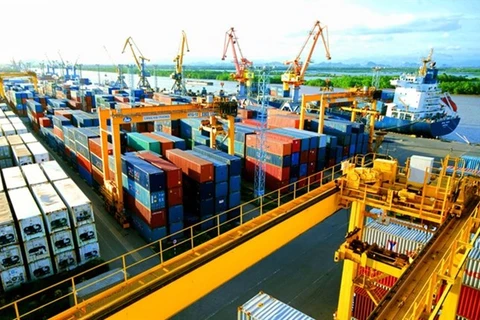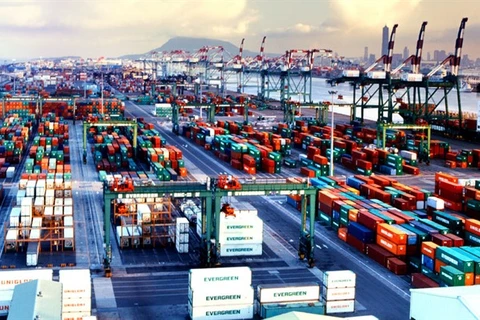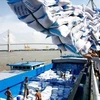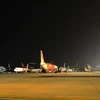Hanoi (VNA) – High logistics costs have become a major barrier for businesses and reduced the competitiveness of the national economy, Prime Minister Nguyen Xuan Phuc said at a national conference in Hanoi on April 16 to seek ways to reduce logistic expenses and improve transport connectivity.
The asynchronous investment and poor connectivity result in high production costs, he said, adding that this is a challenge of many localities, especially those in the Mekong Delta region.
PM Phuc said over the past time, ministries and relevant agencies from central to local levels have exerted efforts to improve logistic services. However, the expenses for logistic services remain high, leading to weak economic competitiveness, he added.
“We should find the best solutions to reducing logistic costs for businesses,” the PM said, stressing the need to work out effective measures to improve transport connectivity among ports, railway stations and airports.
The government leader tasked the Ministry of Transport and the Ministry of Industry and Trade to finalise legal policies on logistic services, improve infrastructure and competitive edge for logistic firms, develop markets for logistic services, and increase quality of logistic human resources.
The PM also requested the Ministry of Transport to address matters relating to technology and international relations to develop deep seaports and inland container depots (ICDs) and improve transportation via railways and inland waterways.
According to the World Bank, Vietnam ranked 64th amongst 160 countries in the Logistics Performance Index in 2016. The Southeast Asian country’s logistic sector records an annual average growth rate of 14-16 percent.
However, the expenses for logistic services accounted for 20.9 percent of Vietnam’s gross domestic product (GDP), of which transportation costs amount to 59 percent.
The shipping costs of a 40 feet container from Hanoi to Ho Chi Minh City (excluding loading and unloading costs) is estimated at 40 million VND (1,762 USD), 9.7 times higher than that of sea routes and 2.5 times higher than that of railways, according to Ministry of Transport.-VNA
VNA

